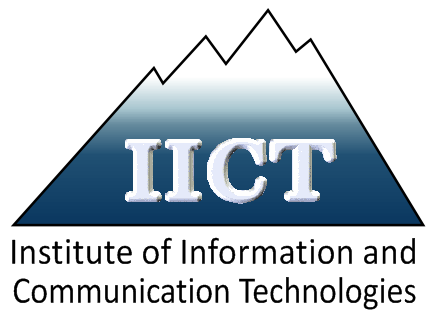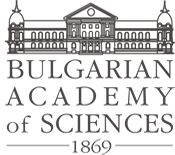AComIn: Progress beyond the State of the Art
The project will involve the incoming post-docs in intensive RTD activities together with the IICT researchers and the highly skilled international partners. Using the advanced Smart Lab devices, AComIn will contribute to technology breakthroughs at least in the following areas:
- Area 1: Advanced computing and Finite Elements applications including multiscale and multiphysics simulations of strongly heterogeneous media with strongly nonlinear and/or anisotropic behaviour as well as high-performance computing in engineering and environmental problems.
- Area 2: Monte Carlo methods, algorithms and distributed computing including sensitivity analysis of large mathematical models as well as advanced applications of Monte Carlo simulations in computational physics and environmental sciences.
- Area 3: Multimodal enrichment of voice communication by investigation a new generation of intelligent voice-activated technologies that focus not only on the precise recognition of spoken words but on interpretation of meaning and context to deliver more accurate speech recognition results.
- Area 4: Large-scale approach to multilingual terminology available in public sites by integration of separate resources, taking into account the ambiguity and the complex links between terms, and producing dynamic reference collections that will be publicly available at the AComIn site.
- Area 5: 3D modelling and recognition in biometrics applied to 3D face recognition based on large DB of face images, lips dynamics processing to help speech segmentation and recognition, iris dynamics and colors to enrich current eye tracking techniques and/or iris diagnostics, etc.
- Area 6: Digital preservation of cultural heritage for research and education by integration of facilities provided by Smart Lab devices and advanced computing solutions.
- Area 7: High spatial resolution based on near-field focalisation by using knowledge (delivered by the Smart Lab acoustic holography) about sources of noisy signals and any sound field descriptor such as sound pressure, sound intensity, or particle velocity as a function of position.
- Area 8: Hierarchical optimization in real time applications related to transportation systems, in particular for solving problems of optimal control, real time decision making, and on-line resource allocation in communication and transportation networks.
- Area 9: Energy efficient production technologies by using the Smart Lab devices and related IT methods for the precise study of dynamical behaviour of complex industrial systems and processes, further development of energy efficient technologies and improving the production quality.
- Area 10: Maintenance of industrial facilities operating in aggressive environment by creation of IT models for diagnostics and predictive maintenance of facilities operating under high risk of incidents. This includes modelling the dynamic behaviour of complex industrial systems and processes using the Smart Lab devices.




